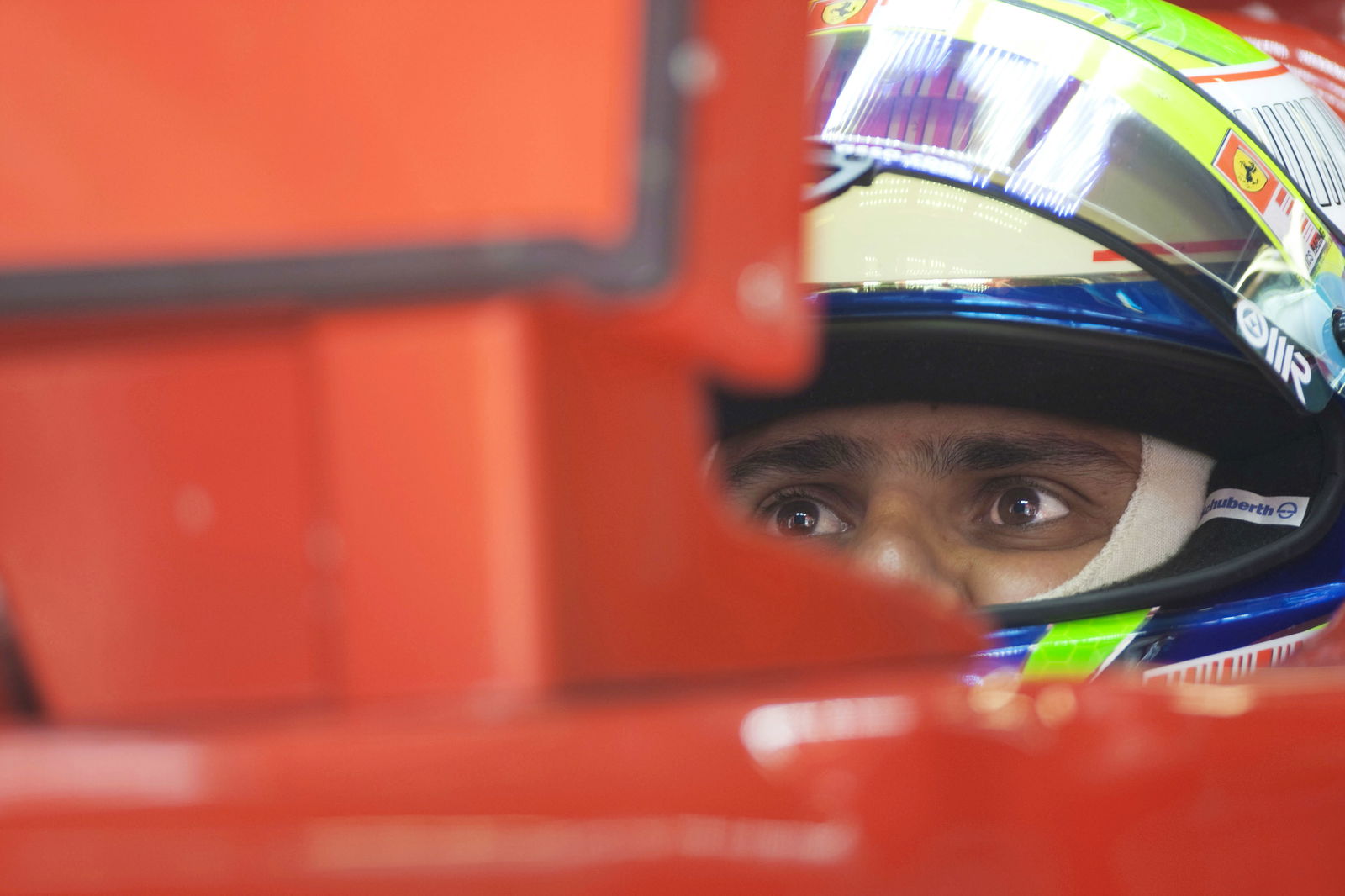Singapore readies for second grand prix
Preparations for this year's Singapore Grand Prix are now well underway, with construction of the revised pit-lane entry and exit routes now complete, along with more than 60 per cent of the installation of lighting structures.
The phased installation of concrete barriers and debris fencing began as long ago as 13 July, starting with the pit straight, and the work will be carried out on a zone-by-zone basis over the next two months in a programme designed to minimise disruption to traffic around the five-kilometre Marina Bay Circuit.

Preparations for this year's Singapore Grand Prix are now well underway, with construction of the revised pit-lane entry and exit routes now complete, along with more than 60 per cent of the installation of lighting structures.
The phased installation of concrete barriers and debris fencing began as long ago as 13 July, starting with the pit straight, and the work will be carried out on a zone-by-zone basis over the next two months in a programme designed to minimise disruption to traffic around the five-kilometre Marina Bay Circuit.
With the exception of a 1.2km section which flanks the permanent race control garages, pit lane and starting straight, the rest of the track is converted from the city streets, and Marina Bay houses some of the most prestigious hotels, biggest shopping malls and the island state's biggest single tourist attraction - the Singapore Flyer - highlighting the need to avoid disruption. The area also divides Changi International Airport and the largely residential east of the island from the industrial and docklands hub to the west, with the East Coast Parkway, which forms the primary east-west link across the island, sweeping some 40m above the track on the four-lane Benjamin Sheares flyover, meaning that successful traffic management around the building of track impinges upon the lives of the majority of Singapore's 4.6m inhabitants.
One of the prime considerations in the creation of the track in the Marina Bay area is that, while it affords a spectacular backdrop of Singapore's city skyline, it has less effect on the major arterial road networks than other locations. While some enthusiasts would have loved to have seen the cars race down Orchard Road in the commercial heart of the city, to do so would have meant weeks of disruption to the main shopping area.
In order to minimise the disruption to traffic, the last phase of construction will be left until the week prior to the race. Commencing 20 September, the final pieces of essential race infrastructure, including more than 500 pieces of concrete barriers and debris fencing, spectator and perimeter fencing, 16 grandstands and six temporary pedestrian overhead bridges will be removed from their storage in a large warehouse facility on the east of the island and assembled on site.
The plan is that following the race, the first of these barriers will be removed again overnight, allowing a return to normal traffic flow in key areas on the Monday morning. By Thursday, all remaining barriers will have been removed and traffic will flow normally.
In addition to the infrastructure common to all street circuits, the grand prix is also unique in requiring the installation of the bespoke, state-of-the-art lighting system, required to deliver optimal visibility for night race conditions. It alone requires the installation of 108,423m of power cables, 240 steel pylons and approximately 1600 light projectors.
In order to allow the setting-up and dismantling of the system in the quickest possible time to minimise disruption, aluminium trusses - similar to light fittings at a rock concert are used to house light units and associated power cables. The trusses, which are 10m high and supported by vertical steel pylons placed 32m apart in prefabricated concrete blocks, allow the lights to be placed 8-12m above the track, offering far greater efficiency than is possible with tall football stadium-type illumination.
Each projector lamp unit, similar to the headlamp units used on high-end performance cars, consists of individual 2000 watt white metal halide lamps, installed at four-metre intervals on the aluminium truss. The lighting projectors are placed on one side of the track only, fixed at the same side of the track as the television cameras, to reduce glare when filming the race.
The system is currently being installed by the lighting engineers from Valerio Maioli SpA on St Andrew's Road, Esplanade Drive and Republic Boulevard and is expected to be completed on schedule by early September.

